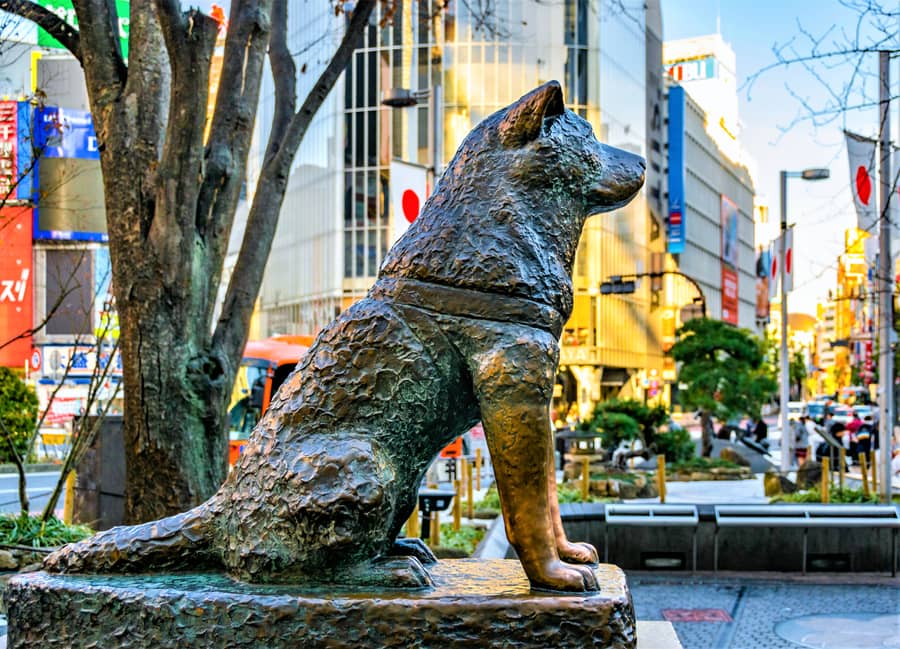
A touching tale that won the hearts of people all around the world played out in the thriving city of Tokyo last century. As he patiently waited for his departed master at a train station for years, Hachiko, an Akita Inu who was cream-white in color, symbolized unwavering loyalty. The world is currently commemorating the 100th anniversary of the canine’s birth.
The amazing tale of Hachiko has made a lasting impression on literature, film, and popular culture. Following the Japanese version from 1987 and the Richard Gere-starring film from 2009, the Chinese version of his story has also become a box office success, reigniting interest in Hachiko’s intense connection to his human, according to the BBC.
Hachiko traveled between many families in the months after Ueno’s death, but he eventually returned to the Shibuya neighborhood.
Although there are many tales of faithful dogs, none have reached as many people as Hachiko. His story crosses boundaries and serves as a reminder of the incredible bonds that can develop between people and animals.
A bronze statue that has stood guard at Shibuya Station in Tokyo since 1948 honors Hachiko’s steadfast vigil. The statue, which was constructed in 1934, was briefly repurposed during World War II.
Today, Chuken Hachiko, the devoted dog, is taught to Japanese students as an example of unwavering commitment. According to BBC interviewee Professor Christine Yano of the University of Hawaii, Hachiko represents the “ideal Japanese citizen.” His devotion is demonstrated by his loyalty, dependability, obedience, and profound comprehension, which go beyond logic.
Hachiko was born in the city of Odate in the Akita prefecture, the original home of Akitas, in November 1923. Akitas are a magnificent breed that has long fascinated people with their calm demeanor, sincerity, intellect, and bravery. They were originally trained to hunt dangerous creatures such as wild boars and elk.
Hidesaburo Ueno, a well-known professor of agriculture and devoted dog lover, adopted Hachiko as a puppy in 1924. Hachiko, the professor’s faithful companion, accompanied Ueno to Shibuya Station, where he commuted every day.
Professor Ueno died abruptly from a brain hemorrhage in May 1925. Hachiko, who had just been by his side for 16 months, was left heartbroken.
Hachiko traveled between many families in the months after Ueno’s death, but he eventually returned to the Shibuya neighborhood. He began his regular walk to the station, determined and unshakable, eagerly awaiting the return of his beloved master.
The public soon became aware of Hachiko after he was first viewed as a nuisance by station staff. His experience was highlighted by a story in the Tokyo Asahi Shimbun newspaper in October 1932, propelling him to widespread popularity. People from all around the world went to the station to provide food and assistance. Hachiko passed away on March 8, 1935, leaving back a legacy.
